Loft Extension in London
Loft Extension

Loft Extension in London
Loft conversion is becoming an increasingly popular practice for securing some extra space in your house. Extending into the loft or the region below your room holds several practical and real-world benefits, including but not limited to:
- Securing extra space: This is the most important and sought-after reason for extending lofts.
- Increasing the value of your house: A bedroom and a bathroom mostly increases the area up to 5% and 11% of the value while extra floor space ensures an added value of 5%
- Converting your loft as opposed to moving into a new house is always easier.
- Loft extensions ensure that your living quarters are graced with more ventilation and light.
- Extending into your loft is less-time consuming than shifting quarters.
- All space is necessary space and there can never be enough of it, especially as you have a chance to remodel already existing areas for reuse.
Loft extension is often a terrifying process, but that is only because you are new to it. Do not worry. Stick with us, and we will tell you all you need to know about how and when you can extend into your loft.
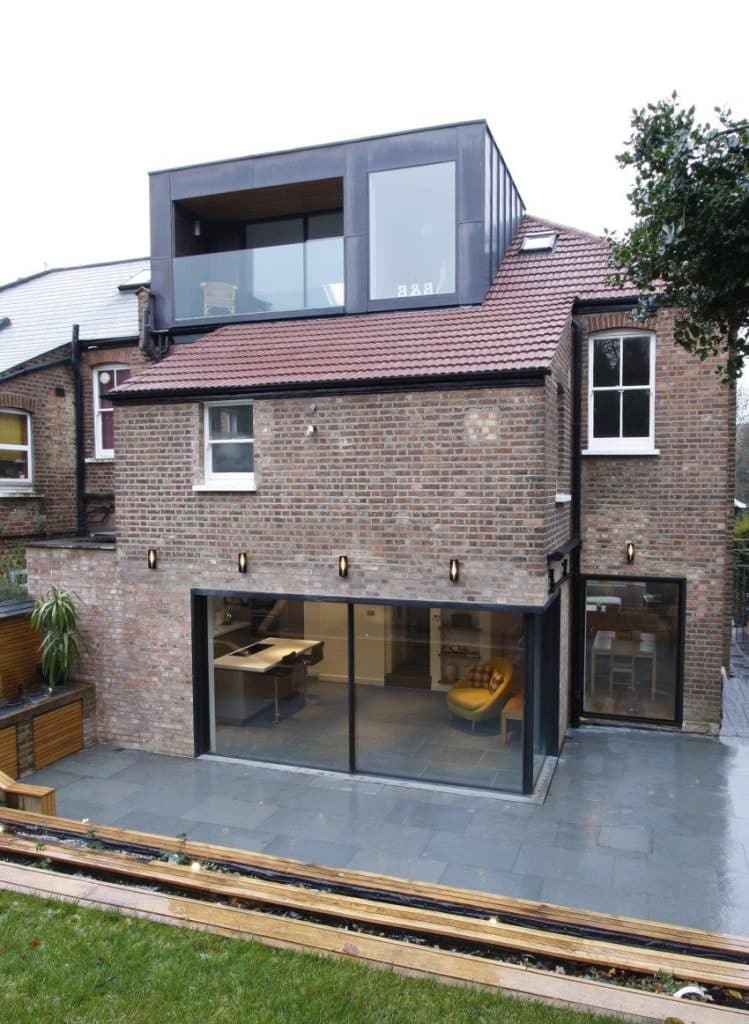
Make Sure You Can Actually Convert or Extend Into Your Loft.
Before you do anything else, you need to work out whether your loft space is actually suitable for a conversion.
The space below your roof actually needs to be suitable for a conversion, before you make plans about how to go forth with it. Most living spaces do come with allowance that permits the development, and in such scenarios, feel free to convert your loft without any permission regarding planning. However, it is a little more complicated in case if you live in certain areas or if your roof space fails to reach the necessary height.
However, rather than bothering with such technicalities, we recommend that you ask an architect, a builder or surveyor for a home visit to check out your space, and make sure that your house meets the necessary criteria.
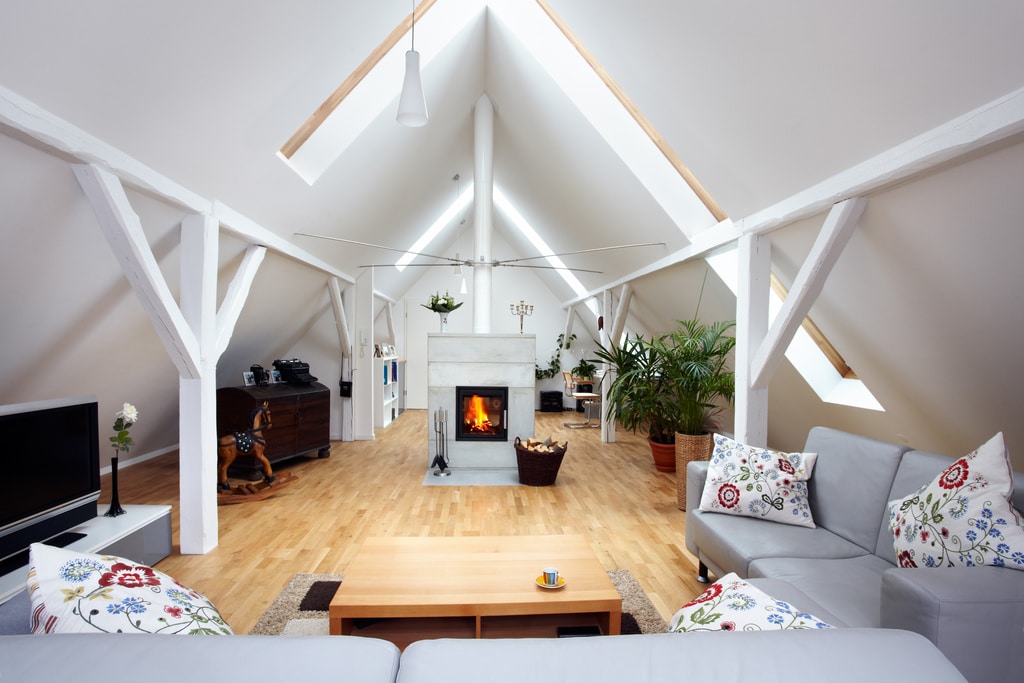
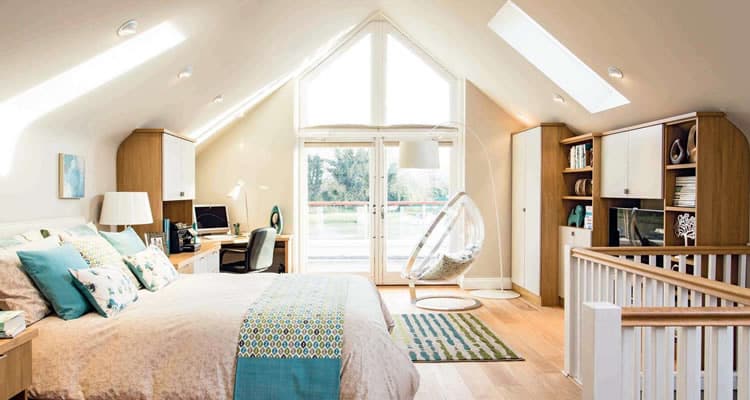
Look For Houses on The Street Which May Have Been Converted
Before going for a London Loft Extension Company, know what other houses on the colony or lane have gone for loft extensions. The possibility leans in your favour if you find examples which affirm the same. You may also consider just going forth to ask anyone on the street, who may have opted for an extension into their loft, regarding the technical know-how.
Be Sure of The Head Height
You can easily ascertain the minimum head height of your roof – it needs to be about 2.2 metres. Just use a tape to measure the height at the tallest portion of the roof, from the floor to the ceiling. Houses built since 1930 have a general trend of being lower than the kind of architecture people used to go for in Victorian times. The new ones are mostly unlikely to have the necessary head height.
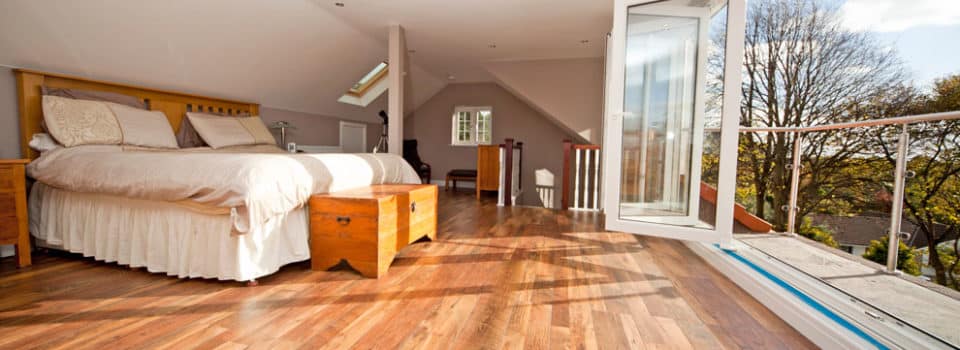
What kind of Roof Space Do You Expect From Your Living Quarters?
Depending on when it was built, your house will either have roof trusses or rafters. By looking through your loft hatch, you should be able to tell straight away what type of roof you have.
Your house may have roof trusses or it may possess rafters. It depends on when your house was built. You can figure out the kind of roof by simply looking through the hatch of your loft. While rafters go along the roof edge, they leave much of the hollow triangle below vacant. Trusses are visible through the loft’s cross-section, and act as supports. Extra structural help is necessary to replace trusses, though it may burn a bigger hole in your wallet.
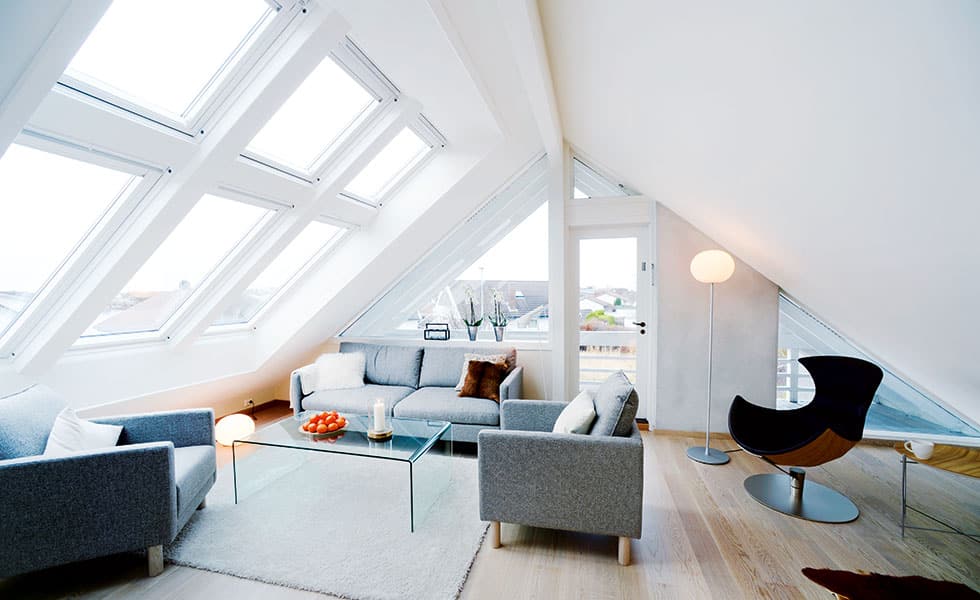
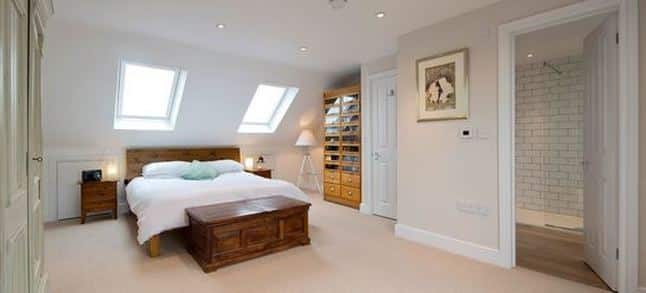
Look Out At The Floor Below
Often, you may think of neglecting your floor when you plan on extending into your loft. However, we recommend you do not do that. Think of where the staircase is likely to be built, and the amount of room that it may occupy. In fact, a staircase that saves your space may take up a big chunk of your actual room, so be certain of how much space that you may be happy to lose.
The Cost of Loft Extension
If you are able to convert your loft, make sure you recognise the costs which come along. Finally, figure out how you want to utilise the loft before getting the London Loft Extension Company for City Lofts.
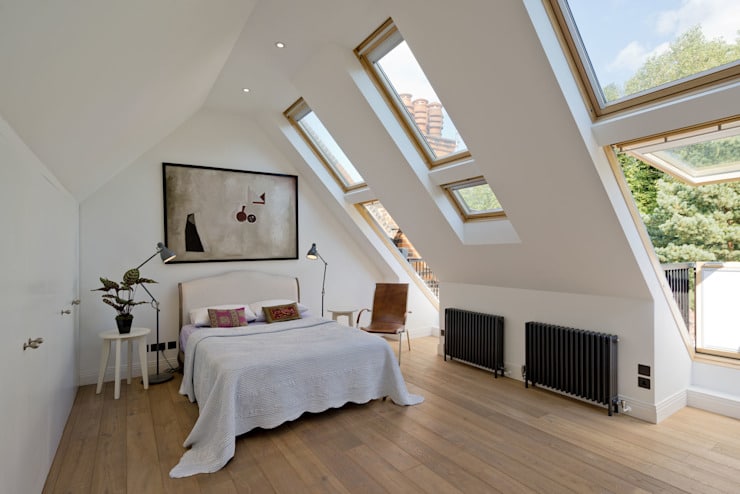
Loft Conversion Types
- The Classic loft Conversion: You may want to simply convert your loft into a master bedroom
- Children’s Play Room and Bed Room: For larger families with kids, or expecting mothers, converting your loft into a play room seems like a genius stroke.
- Loft with an Extension into Balcony or Terrace: A balcony or an extended terrace can help you return to nature.
- Home Office Loft: This would be a great idea in case you are forced to work from home.

